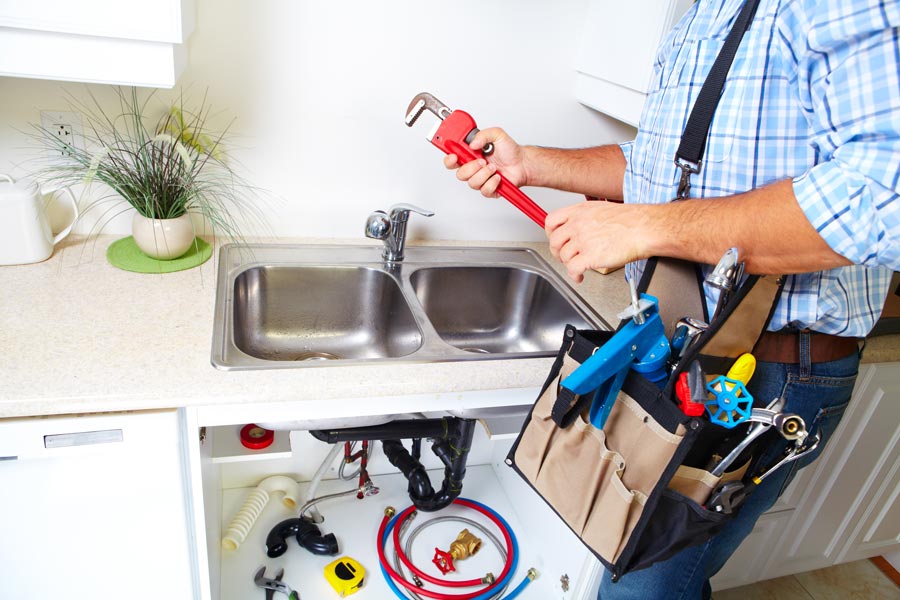Most people rarely give their plumbing a second thought. Water comes out of the tap. Water goes down the drain. Seems simple enough. But like most things, plumbing isn’t quite that simple.
There are a large number of things even the average homeowner needs to be aware of if they plan to keep their plumbing system in good repair, free of contamination and containing water that is safe to drink.
Ask any residential homeowner or small business owner what “backflow” is and you’ll probably get a number of answers equal to the number of people asked. Does that term only apply to drains? Does it affect appliances? How can we tell the difference? Plumbers in Rancho Cucamonga encounter backflow as part of their job, which is why every plumbing system needs occasional attention from a trained professional. Here are some things to consider.
Contents
What is Backflow?
Simply put, backflow is when water travels opposite the conventional direction in a plumbing system. The hazard is when one water supply contaminates another through a cross-connection between two systems. In the worst circumstances, this means water potentially contaminated with unsafe chemicals or pathogens like bacteria ends up mixed with an ostensibly clean water supply without anyone at the point of access knowing about it.
Backflow can be exceedingly hard to detect and sometimes even harder to track down, due to the complexity of some plumbing systems and the fact there is often no obvious way to know for sure the source or sources of any given water supply. Throw in a large enough amount of real estate and/or depth to the pipes and access terminals involved and you can easily imagine how water backflow can become a medium sized nightmare.
Prevention
Obviously, regular testing of water, especially in a commercial building, is the key to detecting possible malfunctions of a plumbing system. Backflow is but one potential cause, but it is one that has self-evident dangers.
Many buildings take advantage of something called a backflow prevention assembly. This is a device that can block the effects of water seeping into another plumbing system. Like the system itself, a backflow prevention device needs to be regularly tested to make sure it is performing its vital function.
Experienced plumbers will be able to predict times when backflow might become an issue. Major weather events, for example, can have all kinds of unexpected effects on both plumbing and sewage systems. Knowing what to look for ahead of time makes it much easier to discover hazards in time. For example, if one system is overflowing and has no additional capacity, any water meant to drain into it will back up, just like an overflowing river.
If preparations can be made in advance to avoid this kind of event, problems like water backflow can be detected and often prevented long before they become a hazard to those relying on a clean and secure plumbing system.
Your Rancho Cucamonga plumber is the expert you need to consult if you want to make certain your plumbing system is secure and free of backflow issues.


Leave a Reply
You must be logged in to post a comment.